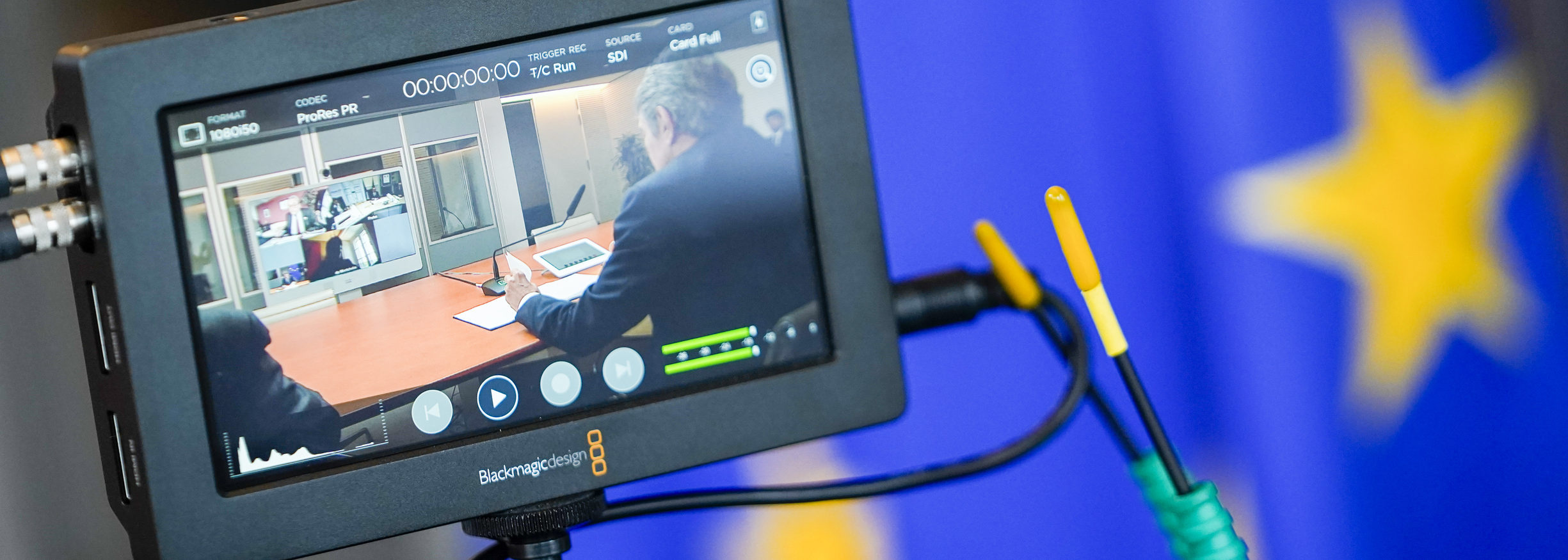Negotiating with terrorists?
03/07/2015
Why dialogue should be an integral part of any counter-terrorism strategy. By Evan Tyner
“We do not negotiate with terrorists” is a line that is ubiquitously regurgitated in governmental rhetoric. Why do governments so often, and so publicly, decry the option of such a dialogue? Historically, dialogue has always been part of conflict resolution, so what is the logic in limiting one’s policy options?
To understand the role of dialogue in counter terrorism just think about the possible outcomes of an asymmetric conflict between a government and a terrorist movement or group; there are usually three general outcomes: In the first scenario the terrorist group may develop into a powerful insurgency and succeeds in gaining power or achieving secession. A scenario that recently happened in Sudan. The second possible outcome is that the movement is defeated. LTTE in Sri Lanka or the MNLA in Malaya are interesting examples in this category. In the third scenario the movement becomes part of the political system. This has happened for example in Northern Ireland and Nepal. However, reaching such an outcome is dependent on both, the successful use and timing of dialogue between conflict parties.
How to use it?
Firstly, there must be an understanding that terrorism itself can never be systemically eradicated. The phrase ‘war on terror’ seems like an oxymoron. Tactics cannot be defeated, even if those who make use of them can be. Counter-terrorism should, in part, be seen as a means to force or encourage groups to take up the mantle of passive opposition – or to put it differently – the aim should be to turn fighters into protesters. Bringing the enemy into the establishment is often a political and moral gamble. However, the potential dividends for peace and stability are significant.
Secondly, dialogue and engagement with terrorist movement should not be seen as concessions to the enemy. They do not bestow legitimacy or show weakness, they merely acknowledge existence and exhibit a pragmatic will to end conflict, putting ideology and doctrine aside. Rarely is dialogue ruled out during inter-state conflict, so why should asymmetric conflicts be treated as an aberration to the norms of warfare?
When to use it?
Dialogue is a powerful tool in the counter-terrorism arsenal, but when to use it remains highly divisive. A group will likely only enter the political process and abandon the use of violence when it feels it is on the back-foot, or at least unlikely to make further strategic gains (such as the IRA’s ceasefire and entrance into the peace talks in 1997). A group with significant community support that threatens to evolve into an insurgency will not put down its weapons unless offered major concessions. This was the case for many opposition movements during the Arab Spring, but it was also visible during the Russian and Chinese revolutions. Nonetheless, channels of communication can be opened at an early stage, in order to lay the foundations for negotiation at a later point when circumstances are appropriate. Furthermore, government must be prepared to negotiate truthfully and offer real concessions in return for an end to violence.
Dialogue is not enough
Dialogue should be seen as a complementary strategy and as a force multiplier for other counter terrorism tools. Coercive tactics are often seen as equally important as they can force groups to the table due to military pressure and existential anxiety. Relying purely on dialogue can grant groups time and space to expand their remit and operations, as well as encourage public backlash against perceived government inaction.
It is deleterious to disparage the importance of dialogue in dealing with terrorist threats. So why do governments continue to do so? Maybe because representative democracies encourage the adoption of clear Manichean policies and world views – us vs them? Or is it linked to a short term memory when it comes to conflict resolution? Are decision makers simply unaware of historical examples? Countless studies of successful counter-terrorism campaigns show that mixed method approaches offer the highest chances of success, especially in conflicts involving democracies. Dialogue is rarely altogether absent from this mix.

